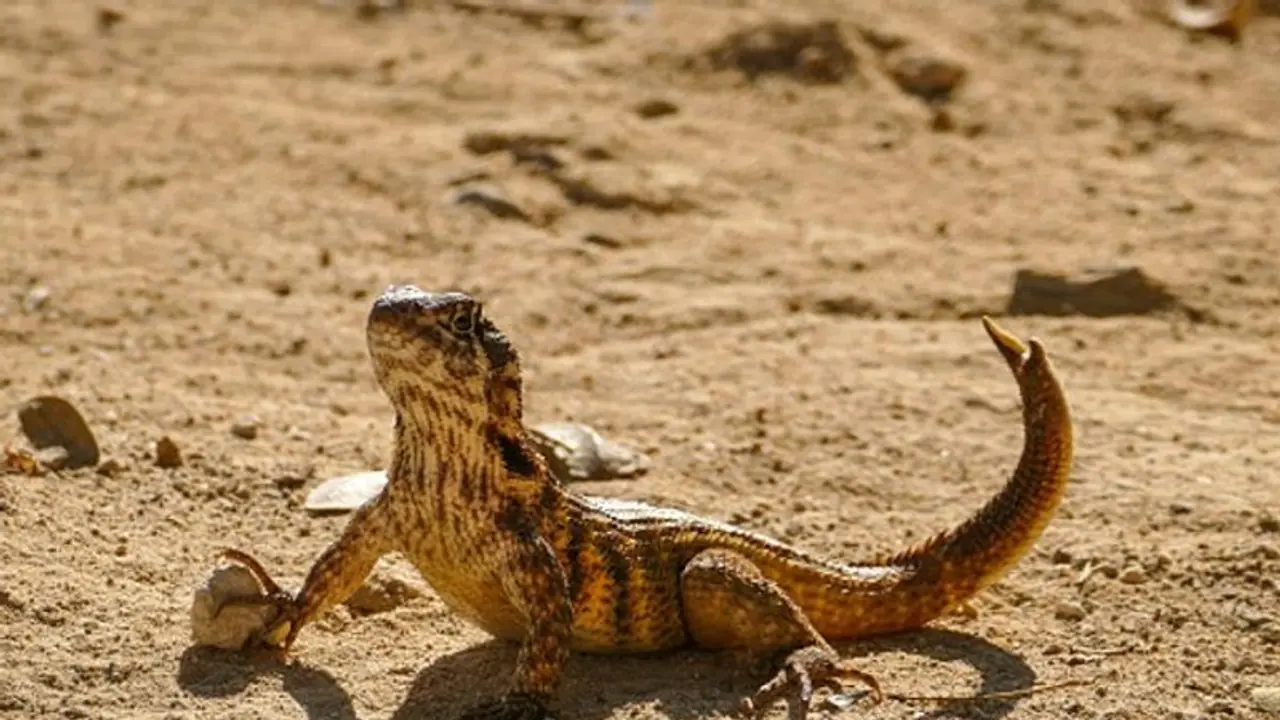Unlock the ancient mystery of an Australian amphibian species, identified after decades, as paleontologists unearth rare fossils, shedding light on prehistoric evolution.
A novel amphibian species that thrived in Australia approximately 247 million years ago has been officially identified, marking the end of a perplexing puzzle that has intrigued scientists since the 1990s, as reported by the BBC. The remains of this intriguing creature were initially discovered as fossilized remnants by a retired poultry farmer in New South Wales.

The scarcity of findings related to this species, bearing a resemblance to a lizard, is evident with less than 10 fossils found globally. This revelation carries significant implications for the understanding of amphibian evolution within Australia.
The extraordinary fossil's unearthing took place nearly 30 years ago in Umina, located about a 90-minute drive north of Sydney. Mihail Mihailidis stumbled upon it while mending a fractured garden wall at his residence. As he chiseled through the sandstone slab weighing 1.6 tons, the preserved outline of an unfamiliar creature gradually emerged.
In 1997, Mihailidis brought this exceptional discovery to the attention of the Australian Museum in Sydney, where Lachlan Hart, a paleontologist, eventually decoded the fossilized remains. Hart's connection with the fossil dates back to his childhood when he first encountered it on display in the museum's climate-controlled exhibition area.
Describing the fossil as a near-complete skeleton, Hart emphasized its rarity. The fossil not only encompasses the head and body but also preserves the creature's skin and fatty tissues around its exterior. This comprehensive preservation is a rarity in the field.
Researchers explained that this carnivorous amphibian occupied freshwater lakes and streams in the vicinity of Sydney. Belonging to the Temnospondyli family, a group of resilient amphibians that survived multiple major extinction events, this specific species persisted through the upheaval caused by volcanic eruptions that led to the mass extinction of dinosaurs around 66 million years ago.
